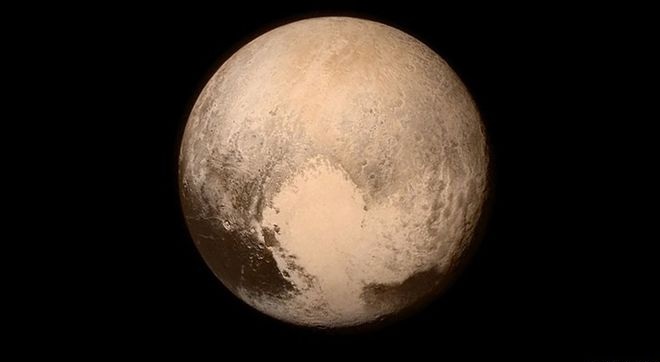15 July, 2015:
The spacecraft ‘New Horizons’ has made its closest approach to Pluto and now we have an close-up images of the planet.
It began its course at 7:49 a.m. EDT (12:49 p.m. BST) at 14 km/s (31,000 mph).
With the significant discovery made possible with the spacecraft, many new features has been updated about what we know about Pluto. The size of the planet is being recalculated based on data from its final approach. The new figure adds about 50 kilometers (30 miles) to Pluto’s width with the new diameter being 2,370 kilometers (1,473 miles).
Two stretched-colour images of Pluto(left) and Charon(right)
The message took 4 hours and 25 minutes to traverse 4.7 billion km of space.
Pluto, though being a small planet in the solar system, is confirmed to be the largest known body beyond Neptune.
The team who made this possible was congratulated from all around the world from the science community. Even Stephen Hawking said in a video posted in Facebook, “I would like to congratulate the New Horizons team of NASA on their pioneering
decade-long mission to explore the Pluto system and the Kuiper Belt.”
“We explore because we are human, and we want to know. I hope that Pluto will help us on that journey.”
The New Horizons spacecraft
The closest approach of New Horizon will have brought it just 12,500 km (7,800 miles) above the surface of Pluto. After Pluto, the spacecraft will be sent to fly past one or several Kuiper Belt Objects (The Kuiper Belt is a disc-shaped region of icy objects beyond the orbit of Neptune. Pluto and Eris are the best known of these icy worlds) that have yet to be chosen.
New Horizons has enough power to last into the 2030s.
Mission control celebrates for New Horizons’ closest approach to Pluto in the video below:








